Yves Kamuronsi: "Rwandans chose to talk about the genocide regardless of how painful that was"
Twenty years after the genocide, Tutsis and Hutus have begun to call themselves Rwandans.
In the late nineties Rwanda went through a genocide which resulted in the killings of more than a million and a half people in a country with less than 15 million citizens. We talk to Yves Kamuronsi, a genocide survivor and a manager at the Kigali Genocide Memorial. He works for the Aegis Trust, the organization behind the biggest memorial in Rwanda, where dozens of other smaller memorials have been built.
What is Aegis Trust and what’s its connection to the Kigali Genocide Memorial?
Aegis Trust is a British Organization that was created by a Medical doctor because of what he saw in Bosnia in the nineties. He decided to start focusing on prevention of such conflicts and not waiting until people start sending food and giving support. Genocides are phenomena that can be prevented because signs can be seen. A genocide, and by extension any conflict, is a process. Before the conflict actually happens you can already predict it. AEGIS was createdbetween 94 and 2000. The connection between Aegis Trust and the Genocide Memorial was that in the early 2000s, when the Rwandan government saw what the work of the organization in UK and asked Aegis Trust if they could do the same thing for Rwanda. This building of what is now the Memorial was here but there were only the mass graves.
How did a mass grave become an exhaustive memorial that includes the experiences of genocide survivors like yourself?
During the genocide victims were being killed and their bodies were thrown in roads, on the roofs of houses: it was difficult for the people to cope with that. We set up this place to bury our loved ones in dignity. Most of the people buried here were murdered in Kigali. Suddenly the then government realised you can’t only have a place while there are bodies without the history of what had happened to them. That’s why the exhibition came in, and that’s why Aegis Trust was invited to come to Rwanda and work with the government, the City Council and the Minister of Sport and Culture to set up the Memorial. The experience, the exhibition, working with survivors: that’s how they were able to build the story of this place based on what Rwandans wanted.
The Kigali Memorial as it is now was built in 2004, only ten years after the genocide. How is it possible that a society is ready to remember so fast?
The direction Rwandans chose was to talk about it regardless of how painful that was. Survivors were able to face the past: they wanted to know what had happened to their loved ones, they wanted to bury them. Through the gacacacourts they were able to meet perpetrators and to understand what had happened to them, the victims, and they were able to know where they are buried so they can exhume them. Besides, the government of Rwanda created a unity for Rwandans, and that was the most critical part: the genocide happened because such unity had disappeared.
How do you build this Rwandan unity afterwards?
The first thing the government did was to ban all the ID cards which had classified people according to the ethnic categories Tutsi, Hutu and Tua since Belgian colonial times. Citizens started seeing themselves as Rwandans, so this was a first step. The second step was to talk about it, if people committed crimes they need to face justice; if they were able to reconcile, if they were able to tell the truth, what can we do? At the end of the day, we could not live together otherwise. Most Rwandans who had fled the country during the genocide ame back.
The Gacaca courts is a communal justice system previous to the European colonization that managed to solve more than a million and a half cases. How did Rwandans do this?
This was a more traditional way to build justice in the community. In kinyarwanda Language Gacaca means ‘grasses’ , literally ‘sit on the grass and talk about it’. That’s how you go around the village and, if there was a crime committed by someone, somebody else would bring a case: “this and that happened to me and I want to get justice”. Then the community, with the people who are role models in that particular village, they would all gather to tackle these issues. They were very local processes. There were various institutions at a government level who stared to brainstorm about what to do and that was a solution brought back from the pre colonial times to resolve something complex like genocide. If we had undertaken standard rules, the whole process would have been very slow. In 94 it was not easy to become the country we are now unless people got together to think, so we profited from our own juridical tradition. Besides, part of the way to rebuild lives was also to be able to be together, to have survivors and widows get together and share testimonies to help each other. These associations are still existing today.
Which are the everyday activities of AEGIS and what’s your role in it?
Aegis Trust works in different programs in Rwanda. There’s the Memorial, which is managed by Aegis on behalf of the government. There’s a team that Works on day-to-day to get visitors and people; then there’s the documentation centre, which gives everyone access to information about genocide, testimonies: it’s all the information we can’t exhibit for visitors who come to Rwanda. There’s also an education program, a Peace school were students do trainings. We train young people and teachers because, again, the only way to prevent genocide is by using memory and changing the minds of the people, by educating them on peaceful values.
Is Aegis also focused on social research here in Rwanda?
We have a program of research too, a program that allows to make policies on the base of evidence, which means that we work with Rwandan researchers to give them the required skills to publish their research so that their work can beaccepted in International journals. AEGIS also works outside Rwanda, wherever a conflict is at risk, but mainly we work with the survivors and the people who survived crimes. We help them with the healing process but also with the clues to show how peace can be brought back. I’ve been part of the management of the exhibition and the different programs of the Memorial, but now I’m focused on making the information about the genocide easily available and on preserving the genocide's documentation.
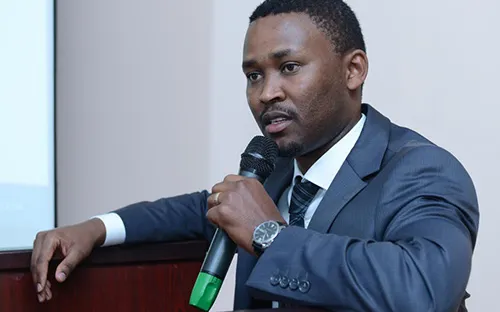
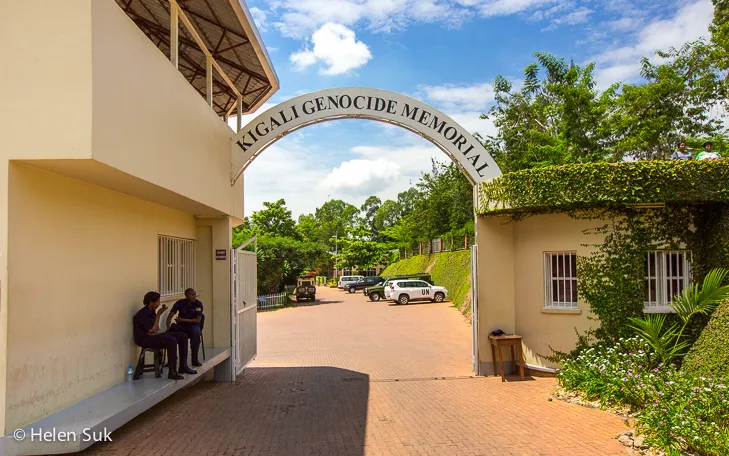
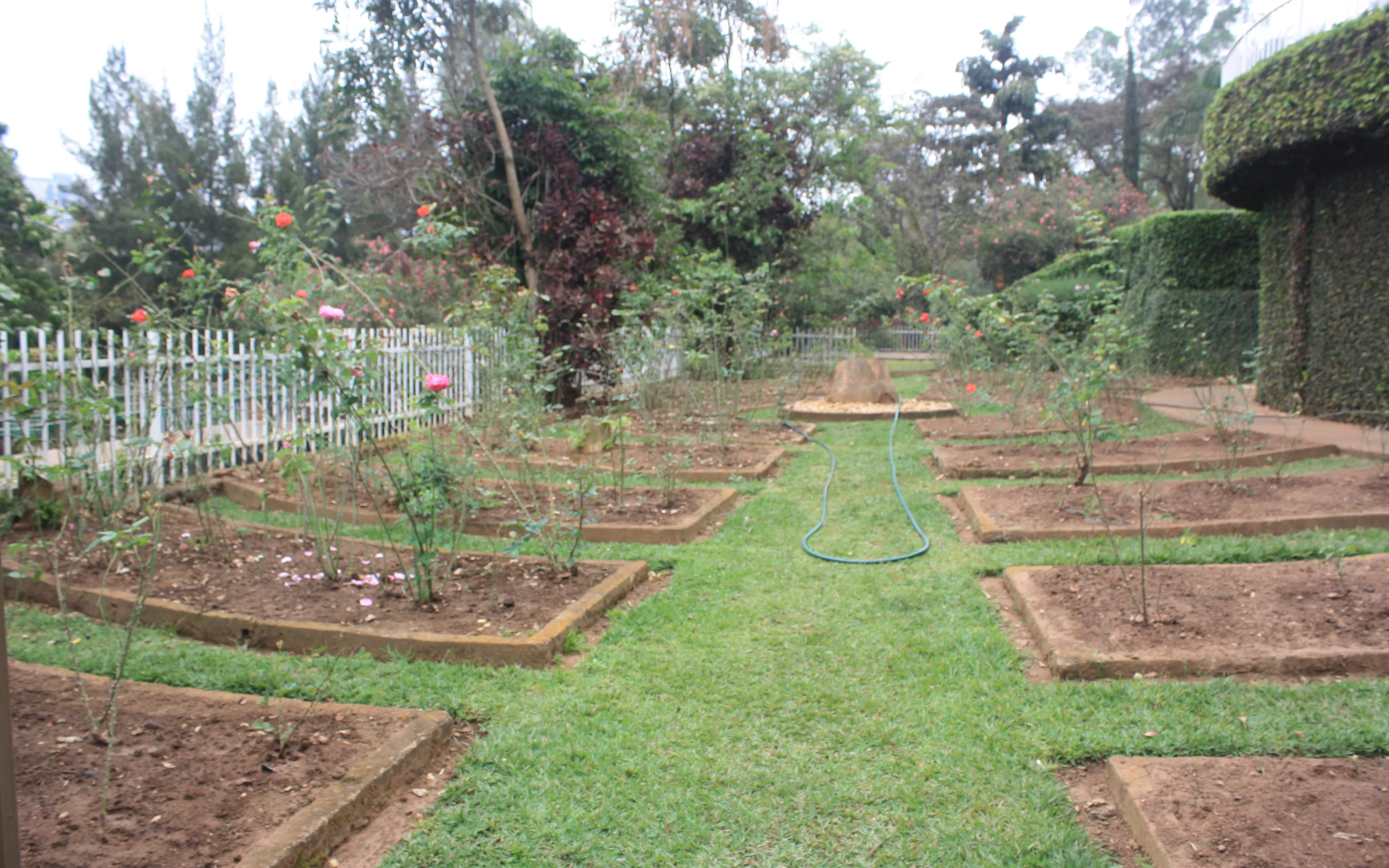
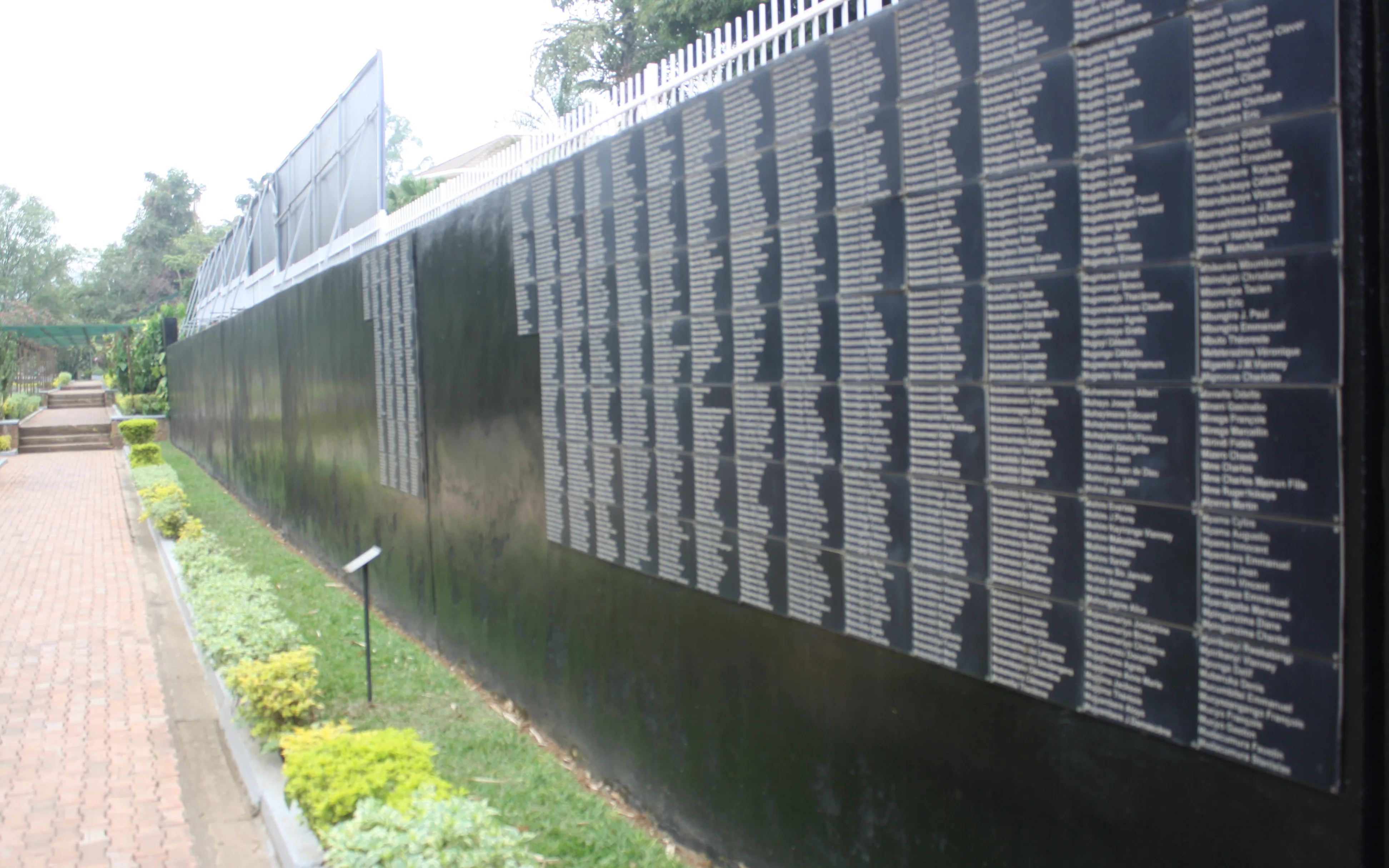
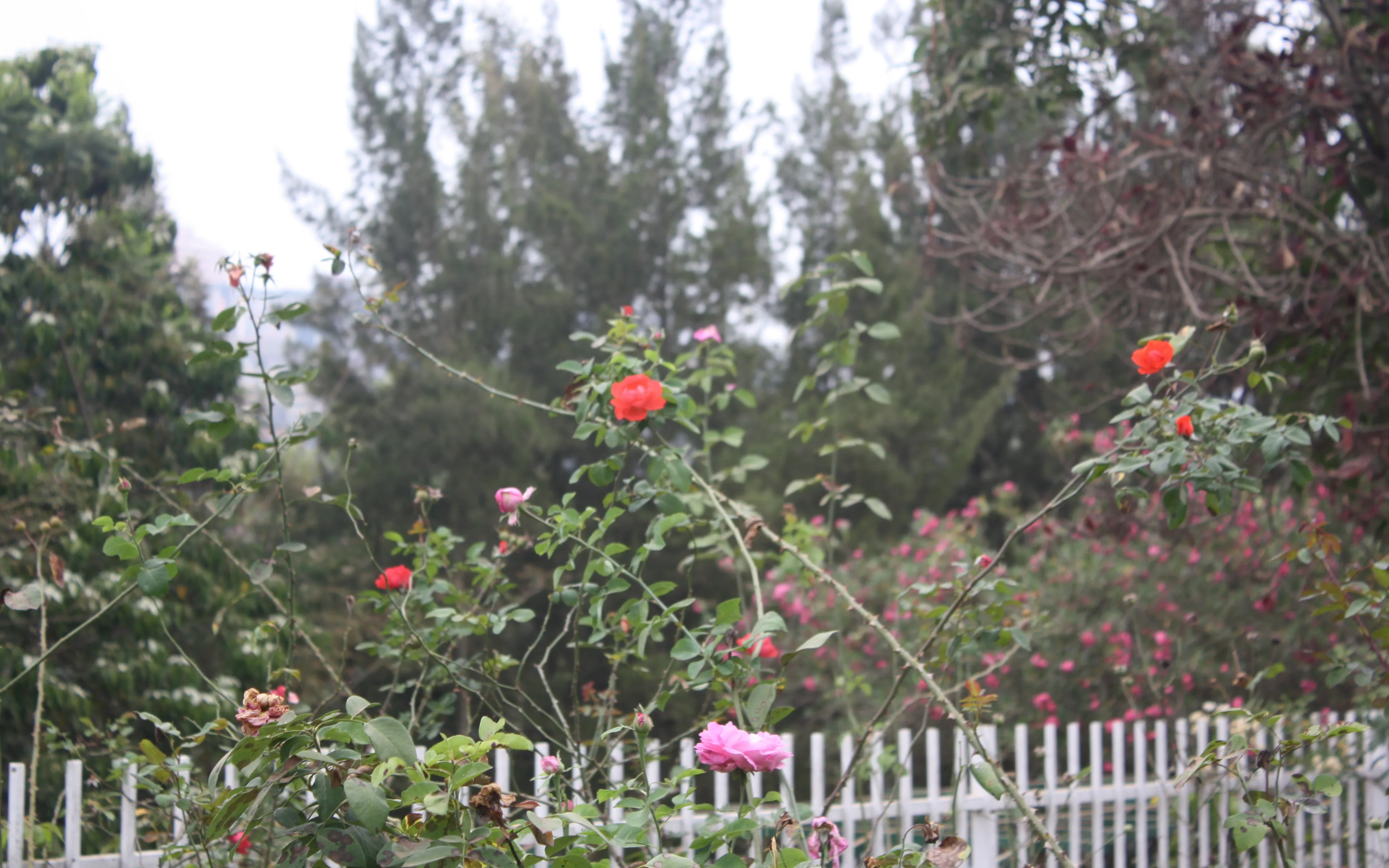
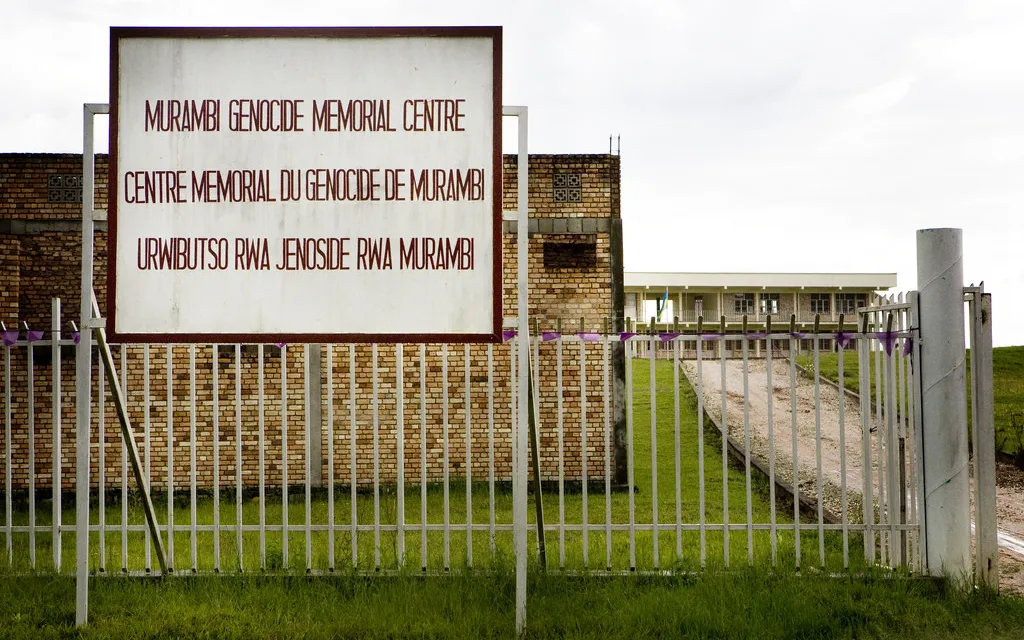

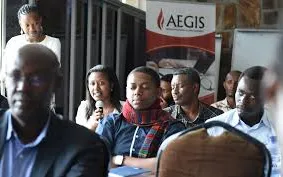


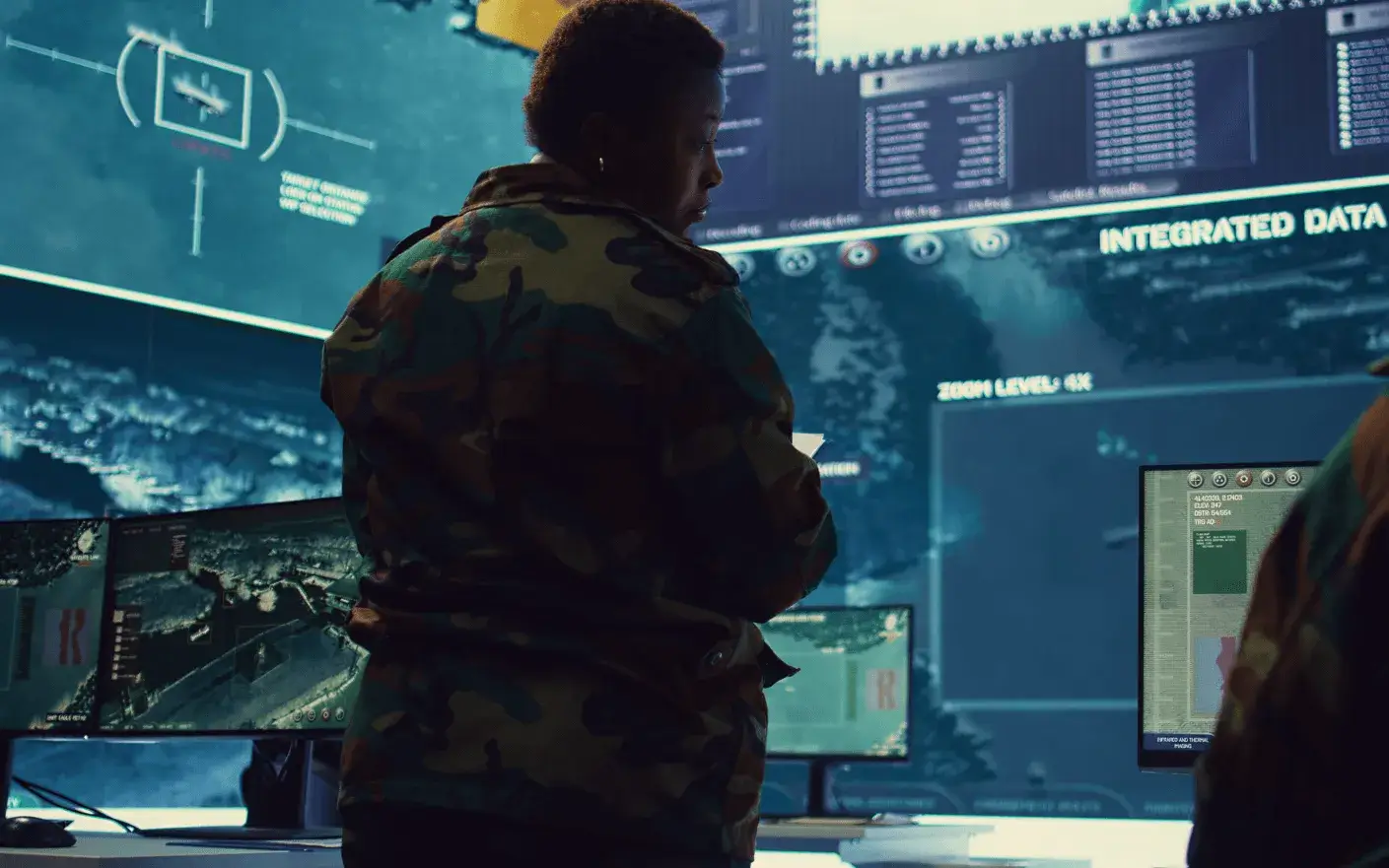
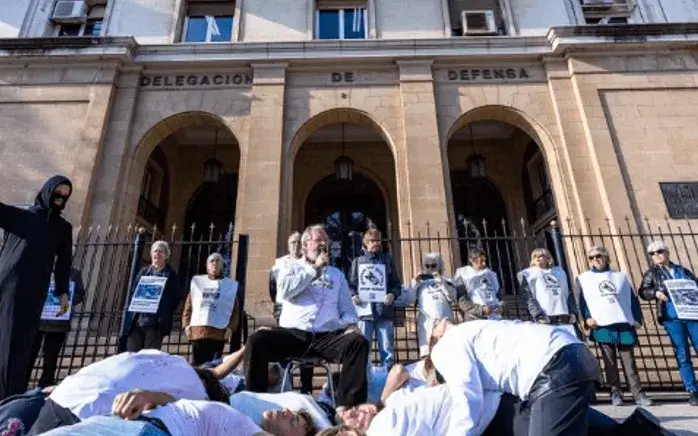
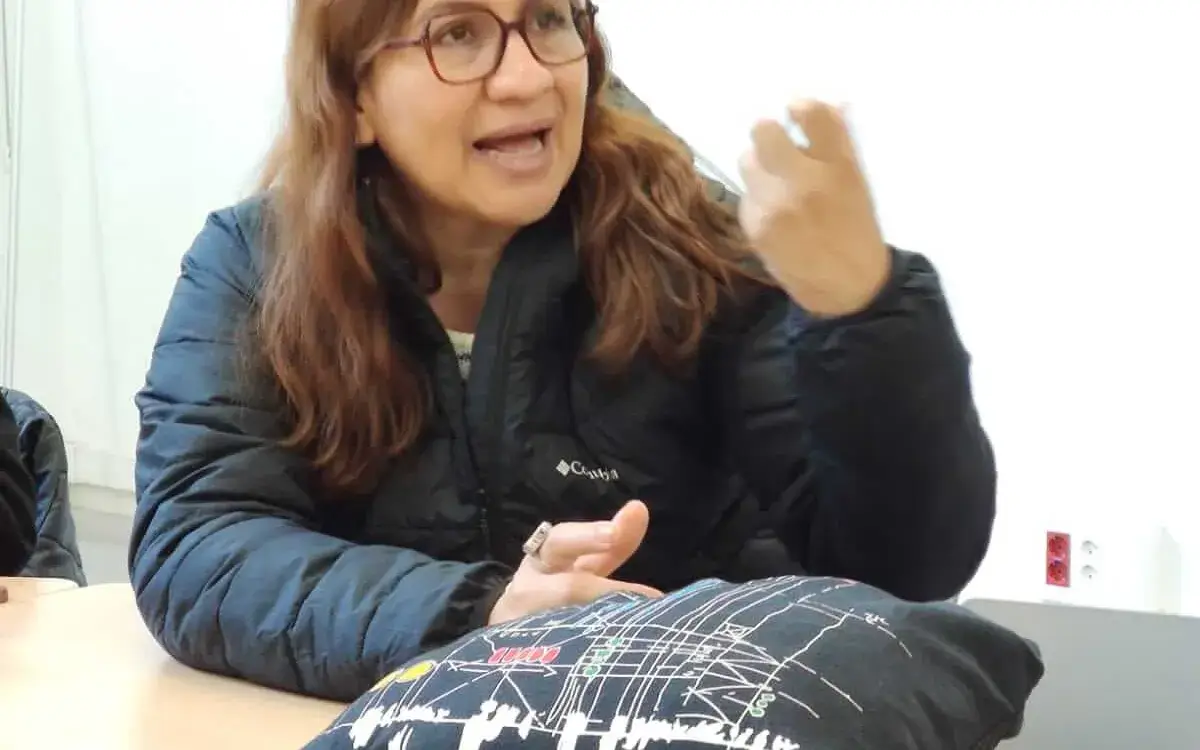
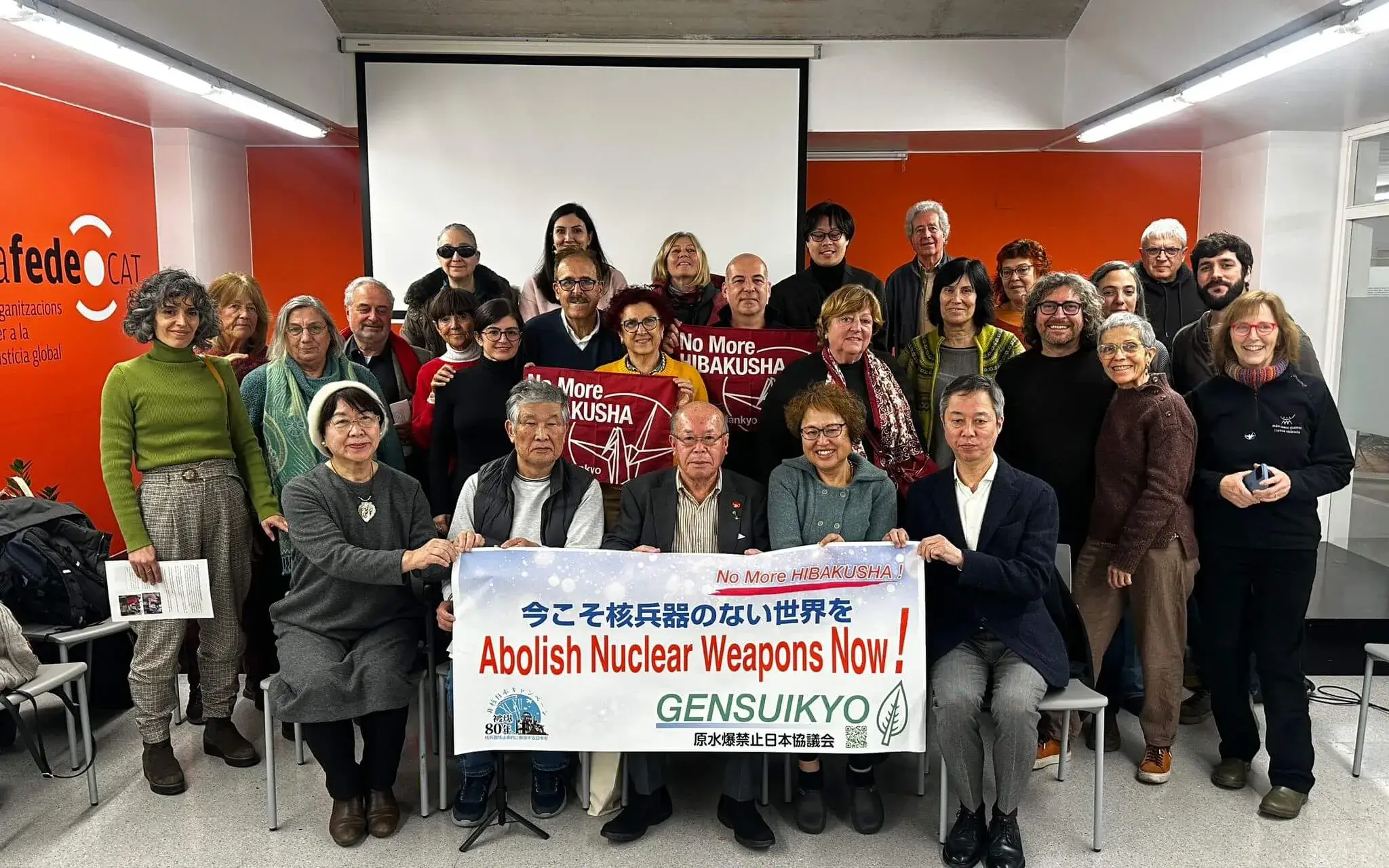
Add new comment